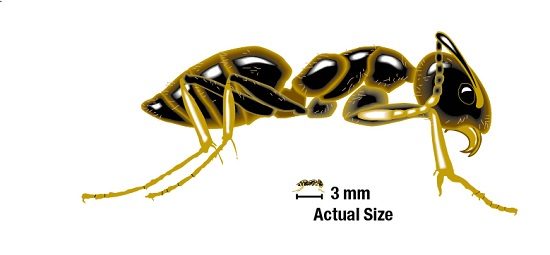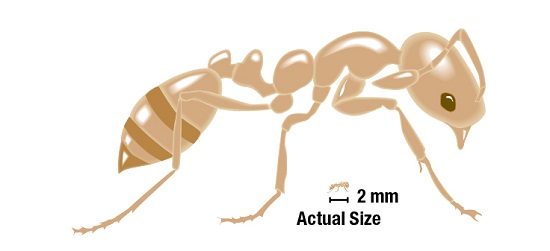

Ants can be a nuisance when they enter a residential, restaurant or places where people are doing daily activities. Even though ants are harmless they can have a negative impact. High infestation of ants can cause losses, both financially and health damages.
ECONOMIC IMPORTANCE
- Ant trails from nests to food source are a cause for concern
- Ant infestation can cause food contamination
- Ant bites and stings can cause allergic reaction in sensitive individuals
- Some ants can bite and sting (e.g. fire ants)
- Ants can cause contamination to surgical equipments
ANT MANAGEMENT PROGRAM
- Identify the right ant species
- Seal cracks and crevices around foundations/structure
- Store food items like sugar, syrup, honey etc in sealed containers
- Control methods will be aided by removing the food source or alternate host
- Perimeter treatment provides basis for overall ant control program. A full chemical treatment consists of an insecticide application into the wall plus a perimeter spray to the exterior foundation. Apply in sufficient volume to penetrate ground cover
- Use baits which have insecticides mixed with materials that attracts ants
- The goal is to completely control the colony along with the queen. Baits contain low concentration of the insecticide so that the ants can take it back to their colony and transfer the insecticide to the members of the colony
MAJOR ANT SPECIES
- Ghost Ants (Tapinoma melanocephalum): have a dark head and pale or translucent legs and abdomen. Mainly feed on sweets but also feed on grease and occasionally on dead insects. Ghost ants generally form colonies outside but will set up colonies indoor during dry conditions
- Black Crazy Ants (Paratrechina longicornis): the color of their head, thorax, and petiole are dark brown to blackish. They have an extremely long antennae and long legs.
